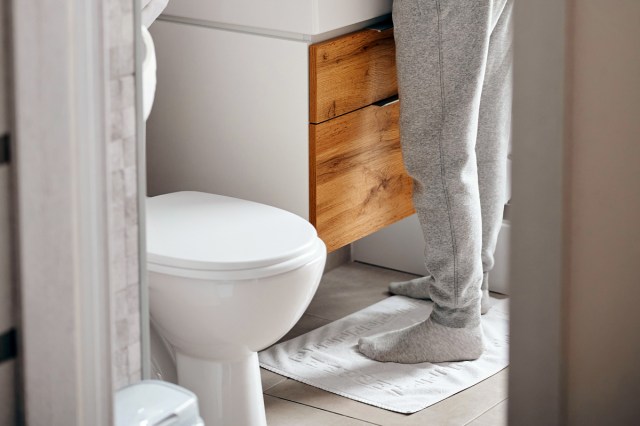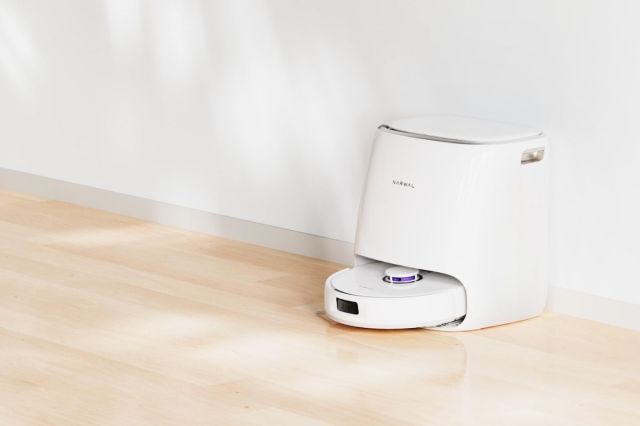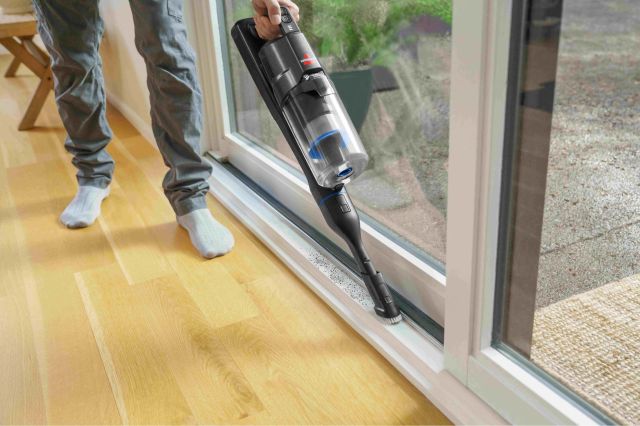There are few household mishaps more annoying than a running toilet. You rarely know there’s an issue when you first flush, and a toilet can run for hours before you realize it. Jiggling the handle might not fix the issue, so you’re back to square one. Luckily, there are a few easy ways to attack the problem, so you don’t have to run to the hardware store or call an emergency plumber.

How Toilets Work
Toilets are relatively simple devices consisting of three major parts: flush valve, fill valve, and overflow tube. When a toilet is flushed, the flush valve releases the water inside the tank by a chain lifting a rubber flapper. When the lever is released, water flows into the tank through the fill valve. To make sure the tank fills only to a set level, a buoyant device inside the tank — either a ball at the end of a metal arm or a cylinder attached to the fill valve — rises along with the water. Once the float reaches the desired height, it stops, and so does the water. An overflow tube is in place to ensure that when water keeps flowing past the tank fill line — it goes into the bowl and not over the top of the tank.
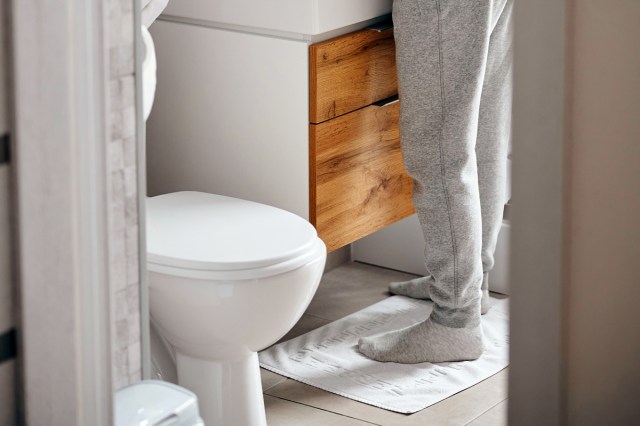
Why Toilets Run
The most common reason toilets run is because there are issues with the flush valve, fill valve, or overflow tube. To diagnose the issue, look for the following things:
• Check the water level in the tank to see if it’s too high. The water should be about an inch below the top of the overflow tube. This means there is an issue with the flush valve or the overflow tube might be too short.
• If the problem is persistent and the water is at a normal level, then there is a problem with the fill valve.
• If the water isn’t running into the overflow tube, it’s an issue with the flush valve, such as a warped flapper or short chain.
How to Stop a Running Toilet With Household Items

Use a Plastic Bottle to Displace Water
Grab an empty water or soda bottle that will fit inside the tank — usually 16 to 32 ounces — and put a little sand or gravel in the bottom to weigh it down. Then, fill the bottle with water and screw on the cap. Take the tank top off the lid and flush. As the tank fills with water, position the bottle in a corner of the tank, away from the moving parts. The bottle will displace water, so the tank fills more quickly.
Reader Favorites
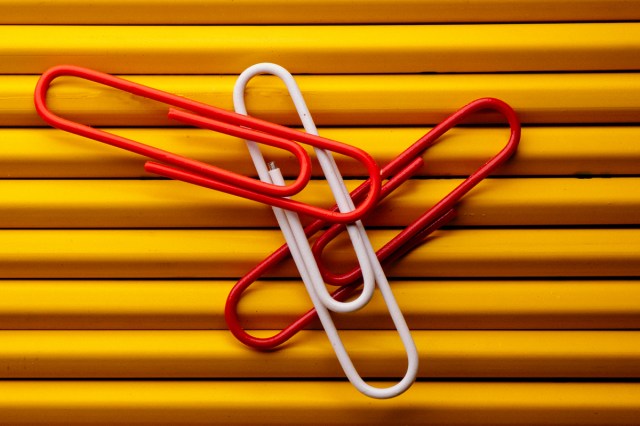
Create a Paper Clip Chain
Over time, the metal chain that connects the flapper to the fill valve can break. In a pinch, make a chain from paper clips and use those instead. Or create a chain by looping rubber bands together. This won’t work forever, but it will buy you some time to order a new one.
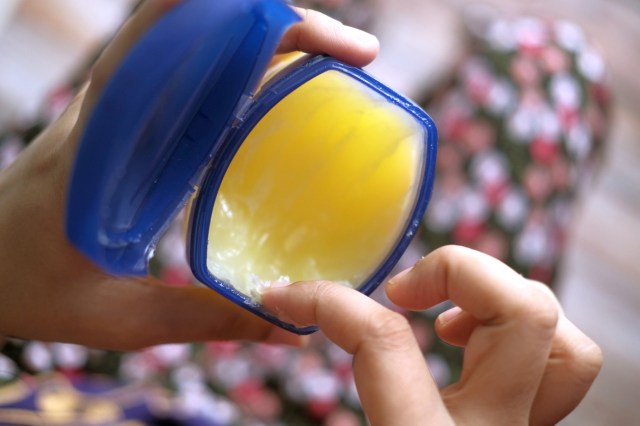
Make a Seal With Petroleum Jelly
The rubber flapper that covers the opening to the toilet can break down over time, developing cracks that let water seep into the toilet bowl. When that happens, the water level in the tank drops, and water starts running to fill the tank. But you can help the flapper keep its seal. First, stop the water supply to the tank by turning off the valve at the toilet’s base and flush the tank so it empties. Lift the flapper and dry it with a paper towel. Then, apply a layer of petroleum jelly to the base of the flapper. Turn the water back on and let the tank fill. This may stop the leak, but you likely want to get a new flapper next time you’re in the store.
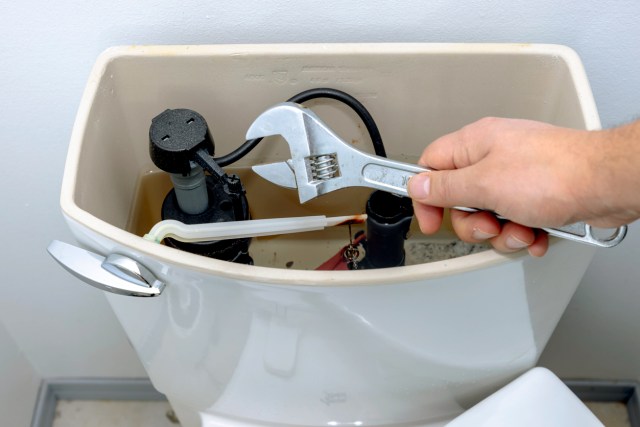
Bend the Arm
When a toilet is overfilling, sending water into the overflow tube, you need to find a way to signal that the toilet is full. If the float within the toilet is a ballcock — literally a floating ball at the end of a metal arm — all you need to do is bend the arm that holds the float. This will lower the ballcock, which leads to a lower water level and should stop the running. You should be able to do this with just some elbow grease; if not, a pair of pliers can help.
Featured Image Credit: Getty Images/ Unsplash+
More From Our Network
Better Report is part of Inbox Studio, which publishes content that uplifts, informs, and inspires.
